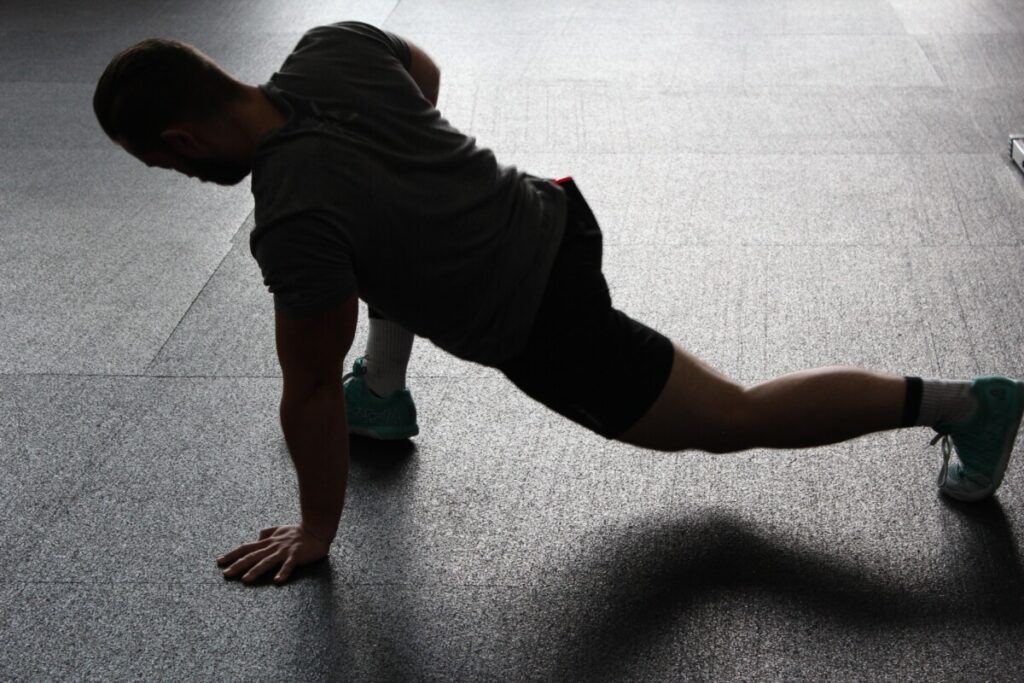The Benefits of Stretching

Stretching plays a crucial role in any exercise routine. Whether you’re an athlete, a fitness enthusiast, or someone engaging in regular physical activity, incorporating stretching into your pre and post-workout routine can bring numerous benefits. In this article, I’ll explore the importance of stretching before and after exercise and how it contributes to overall fitness and well-being.
Benefits of Stretching
Stretching offers a wide range of benefits that can enhance your exercise experience and improve your overall physical health.
Here are some of the benefits of stretching:
Increased Flexibility
One of the primary benefits of stretching is increased flexibility. Regular stretching exercises can improve the range of motion in your joints and muscles, allowing you to move more freely. Improved flexibility not only helps in performing exercises with better form but also reduces the risk of injuries caused by limited mobility.
Injury Prevention
Stretching acts as a preventive measure against exercise-related injuries. By increasing the flexibility and elasticity of your muscles, tendons, and ligaments. Stretching helps to reduce the likelihood of strains, sprains, and muscle tears. It also enhances your body’s ability to withstand the stress placed on it during physical activity.
Improved Performance
Incorporating stretching into your exercise routine can have a positive impact on your performance. When you stretch your muscles before a workout, it increases blood flow to the muscles and helps improve their efficiency. This can lead to improved endurance, strength, and overall athletic performance.
Types of Stretching
There are different types of stretching techniques, each offering unique benefits.
Here is a list of different stretching techniques:
Static Stretching
Static stretching involves holding a stretch for an extended period. It is commonly performed by reaching a point of tension in a specific muscle group and holding the position for 15-60 seconds. Static stretching is often used during cool-downs to improve flexibility and relax muscles after a workout.
Dynamic Stretching
Dynamic stretching involves moving through a full range of motion to warm up the muscles and increase circulation. This type of stretching is characterized by controlled, smooth movements that mimic the exercises or activities you are about to perform. Dynamic stretching is ideal for warming up the body before engaging in more intense physical activity.
Proprioceptive Neuromuscular Facilitation (PNF) Stretching
PNF stretching is a more advanced technique that involves contracting and relaxing targeted muscles. It often requires a partner’s assistance and is commonly used in rehabilitation settings. PNF stretching is known to improve flexibility and increase the range of motion in muscles and joints.
Stretching Before Exercise
Stretching before exercise is essential to prepare your body for physical activity.
Warm-up Stretching
Before diving into intense exercise, it’s important to warm up your muscles with some light aerobic activity. Once your body temperature is elevated, you can proceed with stretching exercises. This combination of warm-up exercises and stretching helps to increase blood flow to the muscles, preparing them for the upcoming workout.
Stretching Techniques
During pre-exercise stretching, it is important to focus on the major muscle groups that will be engaged in your workout. Perform a variety of stretches targeting these muscles, holding each stretch for 15-30 seconds without bouncing or jerking. Remember to breathe deeply and relax into each stretch to avoid unnecessary strain.
Stretching After Exercise
Stretching after exercise is equally important and should not be neglected.
Here are some reasons for post-workout stretching routines:
Cool-down Stretching
After completing your workout, dedicating time for cool-down stretching is crucial. Cool-down stretching helps to gradually bring your heart rate and breathing back to normal while also preventing the pooling of blood in your muscles. This can aid in reducing post-workout muscle soreness and stiffness.
Importance of Post-Exercise Stretching
Post-exercise stretching allows your muscles to relax and return to their normal length after being worked. It helps to prevent the accumulation of lactic acid, which can contribute to muscle fatigue and soreness. Additionally, post-exercise stretching aids in the removal of waste products from the muscles, promoting a quicker recovery.
Common Mistakes to Avoid
While stretching is beneficial, it’s important to be mindful of some common mistakes that can undermine its effectiveness.
Bouncing: Avoid bouncing or jerking movements while stretching, as it can cause muscle strains or tears.
Overstretching: Stretch only to the point of tension and avoid pushing beyond your comfort zone to prevent injuries.
Neglecting warm-up and cool-down: Skipping warm-up and cool-down stretching can increase the risk of injuries and hinder recovery.
Poor posture: Maintain proper alignment and posture during stretches to target the intended muscle groups effectively.
Holding your breath: Remember to breathe deeply and exhale while stretching to promote relaxation and oxygenation of the muscles.
Stretching Guidelines
To get the most out of your stretching routine, consider these guidelines:
Incorporate stretching exercises into your warm-up and cool-down routines.
Focus on the major muscle groups relevant to your workout.
Hold each stretch for 15-30 seconds without bouncing or jerking.
Perform stretches on both sides of your body to maintain balance.
Breathe deeply and relax into each stretch for maximum effectiveness.
Conclusion
Stretching before and after exercise is a valuable practice that should not be overlooked. It offers benefits such as increased flexibility, injury prevention, and improved performance. By incorporating different types of stretching techniques into your pre and post-workout routines, you can optimize your exercise experience and promote better overall fitness. Thank you for reading today’s blog post.
FAQs
1. Should I stretch before every workout? Yes, it is recommended to include stretching in your warm-up routine before every workout. However, the duration and intensity of the stretches may vary depending on the type of exercise you’re engaging in.
2. Can stretching alone prevent injuries? While stretching can contribute to injury prevention, it is not a foolproof method. It should be combined with other safety measures such as proper form, gradual progression, and adequate rest and recovery.
3. Can I stretch if I’m not exercising? Absolutely! Stretching can be beneficial even if you’re not engaging in intense exercise. It promotes flexibility, improves circulation, and helps alleviate muscle tension and tightness.
4. Is it better to stretch before or after exercise? Both pre and post-exercise stretching have their benefits. Stretching before exercise helps prepare your muscles for physical activity, while stretching after exercise aids in recovery and reduces muscle soreness.
5. Can stretching improve my athletic performance? Yes, stretching can improve athletic performance by increasing flexibility, range of motion, and muscle efficiency. It can also help in preventing muscle imbalances and injuries.







